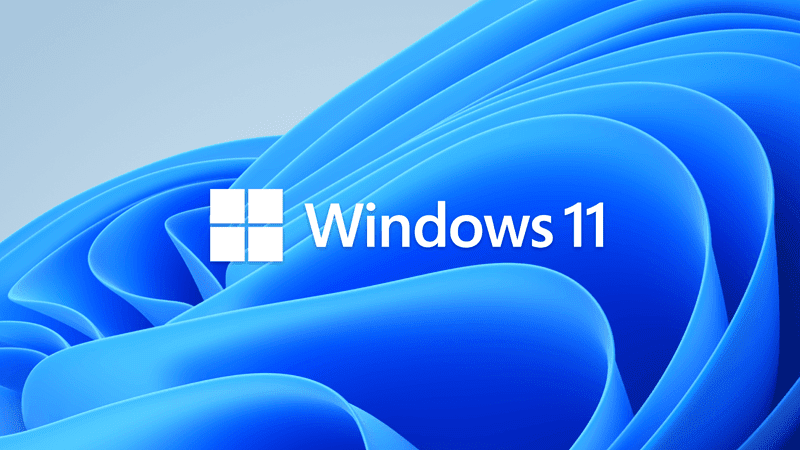<?xml version="1.0" encoding="utf-8"?>
<!--
Notes about this answer file:
The purpose of this answer file is to create a local user account and eliminate the need for an internet
connection during setup. It does NOT perform an unattended installation of Windows.
It includes a Windows 10 / 11 Pro key.
It will create a local user account named "WinUser" with a full name of "Windows User" and a password of "Password1".
END OF NOTES
-->
<unattend xmlns="urn:schemas-microsoft-com:unattend">
<settings pass="windowsPE">
<component name="Microsoft-Windows-Setup" processorArchitecture="amd64" publicKeyToken="31bf3856ad364e35" language="neutral" versionScope="nonSxS" xmlns:wcm="http://schemas.microsoft.com/WMIConfig/2002/State" xmlns:xsi="http://www.w3.org/2001/XMLSchema-instance">
<ImageInstall>
<OSImage>
<InstallFrom>
<Path>\install.wim</Path>
</InstallFrom>
</OSImage>
</ImageInstall>
<UserData>
<ProductKey>
<Key>VK7JG-NPHTM-C97JM-9MPGT-3V66T</Key>
</ProductKey>
<AcceptEula>true</AcceptEula>
</UserData>
</component>
</settings>
<settings pass="oobeSystem">
<component name="Microsoft-Windows-Shell-Setup" processorArchitecture="amd64" publicKeyToken="31bf3856ad364e35" language="neutral" versionScope="nonSxS" xmlns:wcm="http://schemas.microsoft.com/WMIConfig/2002/State" xmlns:xsi="http://www.w3.org/2001/XMLSchema-instance">
<UserAccounts>
<LocalAccounts>
<LocalAccount wcm:action="add">
<Password>
<Value>UABhAHMAcwB3AG8AcgBkADEAUABhAHMAcwB3AG8AcgBkAA==</Value>
<PlainText>false</PlainText>
</Password>
<DisplayName>Windows User</DisplayName>
<Group>Administrators</Group>
<Name>WinUser</Name>
</LocalAccount>
</LocalAccounts>
</UserAccounts>
<OOBE>
<HideWirelessSetupInOOBE>true</HideWirelessSetupInOOBE>
<UnattendEnableRetailDemo>false</UnattendEnableRetailDemo>
<HideEULAPage>true</HideEULAPage>
<HideOEMRegistrationScreen>true</HideOEMRegistrationScreen>
<HideOnlineAccountScreens>true</HideOnlineAccountScreens>
<ProtectYourPC>1</ProtectYourPC>
</OOBE>
</component>
</settings>
</unattend>







